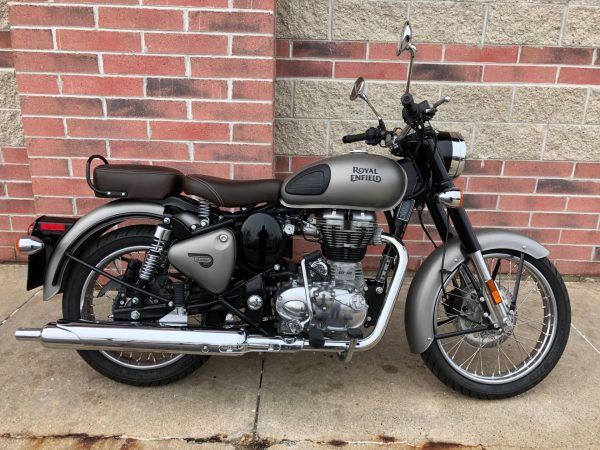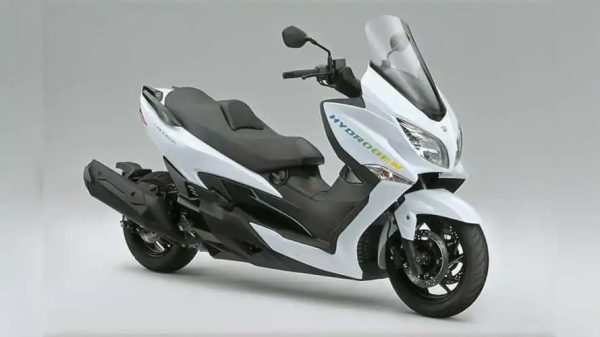V2 Buell Super Cruisers at Sturgis Motorcycle Rally!
Get up and Get Ready for Sturgis Motorcycle Rally! HUGE credit goes to our engineering, procurement, and production teams for getting these updated V2s complete and ready to roll for Sturgis Motorcycle Rally. Get ready for a wild week in Sturgis, South Dakota August 2-10 for Sturgis Motorcycle Rally. Come see, feel, and hear the […]
V2 Buell Super Cruisers at Sturgis Motorcycle Rally! Read More »


